Faculty Excellence
While modest in size, Stanford's faculty has enormous impact. Stanford researchers have garnered a substantial portion of NIH Director’s Pioneer Awards, New Innovator Awards and Transformative Research Awards.
- The highest NIH funding per researcher ratio in the country
- 31 members of the National Academy of Sciences
- 42 members of the Institute of Medicine
- 4 MacArthur Foundation "geniuses"
- 19 Howard Hughes Medical Institute investigators
- 1 in 9 of the NIH Director's Pioneer Awards awarded to our faculty since the awards were established in 2004
- 17 NIH Innovator and Young Innovator Award
A Legacy of Innovation
-
First use in Western hemisphere of linear accelerator to treat cancer
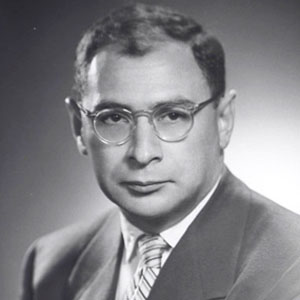

A 2-year-old boy with a tumor in his eye is the first to undergo X-ray treatment from a medical linear accelerator developed by Henry Kaplan and campus physicists.
Read more about Dr. Henry Kaplan (PDF)
Read the 1956 press release (PDF)
-
Demonstration of electrical stimulation of auditory nerve in deaf patients, paving the way for cochlear implants

Otolaryngologists Blair Simmons and John Epley electrically stimulate nerve cells in the ear of a 61-year-old deaf man by implanting six tiny wires in his auditory nerve, paving the way for cochlear implants.
-
First synthesis of biologically active DNA in test tube

Nobel laureate Arthur Kornberg creates a strand of biologically active DNA, paving the way for studies of genetics.
-
First adult human heart transplant in the United States

Norman Shumway successfully transplants a heart into 54-year-old steelworker Mike Kasperak, who survives for 14 days.
-
Discovery of RNA priming of DNA synthesis

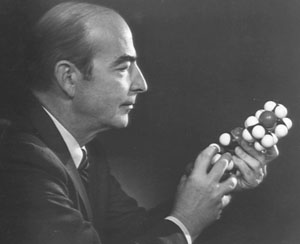
Scientists Arthur Kornberg and Douglas Brutlag discover that DNA replication can be prepared by the host RNA.
-
First construction of a recombinant DNA molecule containing DNA from two different species

Biochemist Paul Berg successfully combines the DNA of two different organisms. The discovery later earns Berg the 1980 Nobel Prize in Chemistry.
-
Discovery of a new class of immune response genes, suggesting for the first time that people may have predictable susceptibility to certain diseases

Immunologist Hugh McDevitt discovers regulatory genes believed to control the body's reponses to foreign proteins, which suggests that people may have predictable susceptibility to certain diseases.
-
First expression of a foreign gene implanted in bacteria by recombinant DNA methods
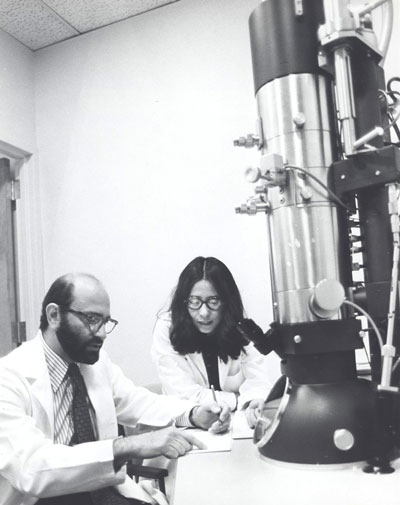
Geneticist Stanely Cohen transfers a foreign gene into bacterial cells, which then express the gene.
-
Isolation of genome – genetic blueprint – of a virus that causes hepatitis B and a common form of liver cancer
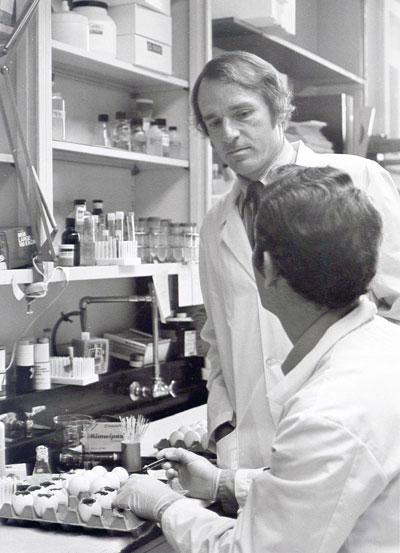
Researcher William S. Robinson isolates the genetic blueprint of a virus that causes hepatitis B and a common form of liver cancer.
-
Discovery of link between exercise and increased “good” (HDL) cholesterol levels
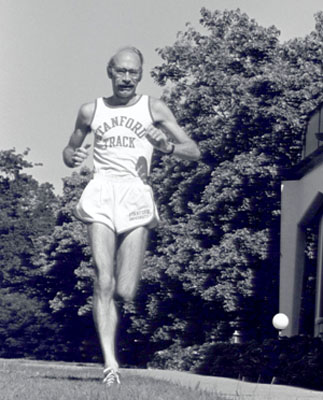
John Farquhar and Peter Wood demonstrate that exercise is associated with an increase in "good" cholesterol levels, and can decrease the likelihood of coronary problems.
-
Discovery of dynorphin, a brain chemical 200 times more powerful than morphine

Pharmacologist Avram Goldstein discovers a chemical in the human brain that could lead to the development of powerful painkillers with fewer undesirable side effects.
-
First successful human combined heart/lung transplant in the world (fourth attempted worldwide)

Mary Gohlke receives the world's first combined heart and lung transplant in a landmark operation led by surgeon Bruce Reitz.
-
Isolation of a gene coding for part of the T-cell receptor, a key to the immune system’s function
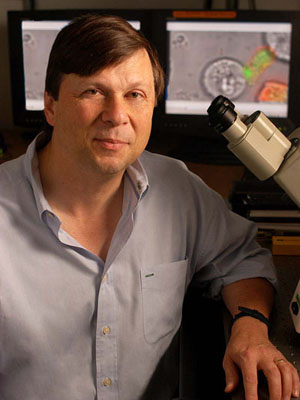
Immunologist Mark Davis characterizes the T-cell receptor, believed to regulate the body's response to infectious agents and cancerous diseases.
-
Isolation of pure hematopoietic stem cells from mice

Pathologist Irving Weissman isolates a rare mouse cell, known as the hematopoetic stem cell, which gives rise to all the cells of the blood and immune systems.
-
Development of a genetically engineered vaccine to enhance patients’ immunological response against B-cell lymphoma
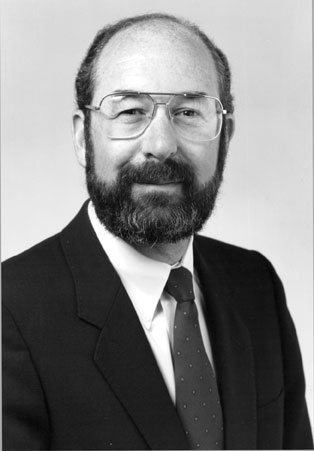
Oncologist Ron Levy develops a cancer vaccine that could prevent recurrrent lymphomas in patients treated with chemotherapy.
-
Discovered the gene underlying a group of diseases called the demyelinating peripheral neuropathies in which the protective covering on nerves breaks down and the nerves are unable to function properly

Neurobiologist Eric Shooter finds a gene involved in nerve disorders in which the protective covering on nerves breaks down.
Read more about Dr. Shooter (PDF)
-
Development of a technique that enables researchers to toggle genes on and off in experimental animals

Pathologist Gerald Crabtree develops techniques that allow scientists to toggle genes on and off in animal models.
-
Development of the microarray technology that allows researchers to see at once which genes of the thousands present in a cell are switched “on”
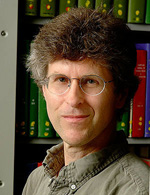
Biochemist Pat Brown and colleagues develop microarrays, or gene chips, that allow researchers to analyze the activity of thousands of genes in a cell at once.
Read more about Dr. Pat Brown (PDF)
-
Discovery that mutations in a single gene are responsible for the most common form of skin cancer in humans
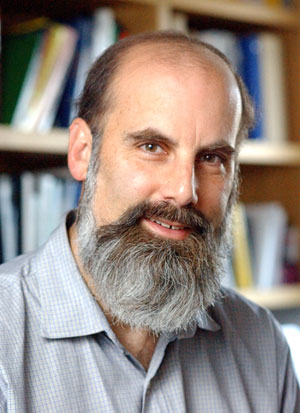
Developmental biologist Matthew Scott and a team at UC-San Francisco discover that a defect in the hedgehog gene causes basal cell carcinoma.
-
First optical imaging of gene expression in vivo

Christopher Contag develops a technique to detect light emitted when certain genes are activated in a living animal model.
-
Discovery of a genetic mutation that causes narcolepsy, a disabling sleep disorder affecting humans and animals
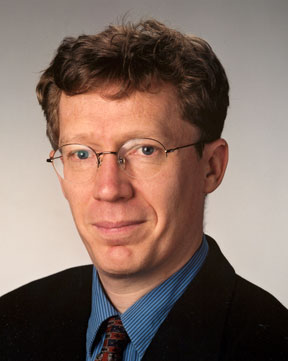
Sleep researcher Emmanuel Mignot identifies the defective gene that causes narcolepsy, a disabling sleep disorder affecting humans and animals.
-
Discovery of hereditary arthritis gene

Developmental biologist David Kingsley discovers that a gene that transports pyrophosphate into cells may regulate the development of arthritis in humans and animals.
-
First use of RNAi to switch off genes in mice

Geneticist Mark Kay uses a gene-therapy technique known as RNA inihibition to switch off genes in mice, which could point toward development treatments for cancer, hepatitis C and AIDS.
-
First use of gene expression profiling to predict cancer outcomes
-
Discovery that stem cells transplanted into the brains of rats and mice navigate toward areas damaged by stroke
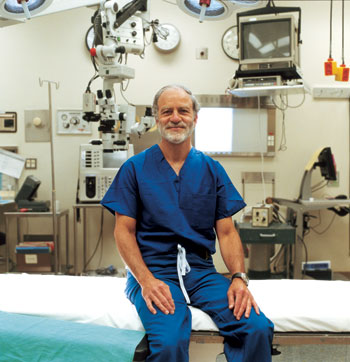
Neurosurgeon Gary Steinberg tracks human stem cells transplated into brain of rats, finding that they successfully navigate toward areas damaged by stroke.
-
Application and expansion of optogenetics, a technique to control brain cell activity with light

Bioengineer Karl Deisseroth and his team develop a technique known as optogenetics that allows them to genetically alter brain cell activity in mice with light.
-
Discovery of a "don't-eat-me" signal that allows blood cancer stem cells to migrate safely through the body
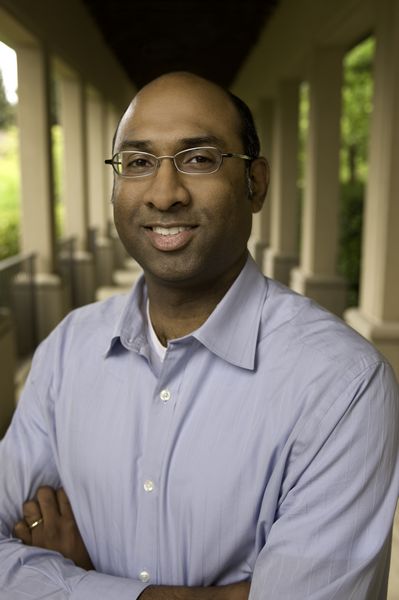
A team of researchers led by Irving Weissman discovers that leukemia stem cells evade detection by mimicking normal cells and moving safely within the body.
-
For the first time, researchers use a healthy person's complete genome sequence to predict his risk for dozens of diseases

A team of researchers analyzes bioengineer Stephen Quake's genome, predicting his likelihood of developing heart disease, Alzheimer's and cancer.
-
First use of aggregate patient data from electronic medical records to select treatment for a rare pediatric condition


Physicians at Lucile Packard Children's Hospital Stanford use aggregate patient data from electronic medical records to identify the best option for treating a patient with rare disorder.
-
Stanford/Packard scientists find new uses for existing drugs by mining gene-activity data banks

Studies by Marina Sirota, Joel Dudley and Atul Butte demonstrate an approach that could quicken the pace of combating difficult diseases by matching them with drugs that are already approved for other indications.
-
First-ever integrative 'omics' profile lets scientist discover, track his diabetes onset

Geneticist Michael Snyder integrates a deep analysis of his DNA, RNA and the proteins in his cells; the analysis correctly predicts that he will develop diabetes.
-
A new technique induces egg growth in infertile women, and one gives birth
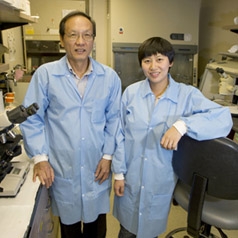
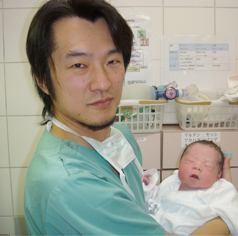
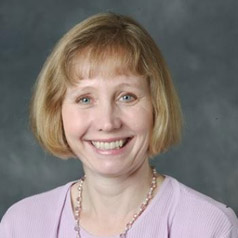
An in-vitro activation procedure developed by endocrinologist Aaron Hsueh is used to induce egg growth in some infertile women, and one gives birth.
-
A hydrogel process developed at Stanford creates transparent brain

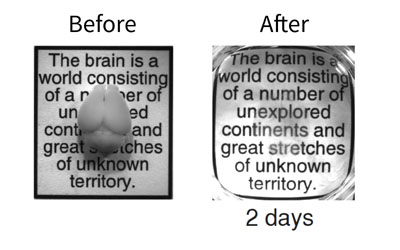 Bioengineer Karl Deisseroth develops CLARITY, a process that renders brain tissue from mice transparent, allowing the entire brain structure and its wiring to be studied.
Bioengineer Karl Deisseroth develops CLARITY, a process that renders brain tissue from mice transparent, allowing the entire brain structure and its wiring to be studied.
Eight Nobel prize winners over the past six decades
Michael Levitt
Chemistry (2013)
Michael Levitt - Chemistry (2013) shared with Martin Karplus of Université de Strasbourg, France, and Harvard University, and Arieh Warshel of the University of Southern California "for the development of multiscale models for complex chemical systems."
Thomas Südhof
Medicine (2013)
Thomas Südhof – Physiology or Medicine Medicine (2013) shared with James Rothman of Yale University and Randy Schekman of UC-Berkeley "for their discoveries of machinery regulating vesicle traffic, a major transport system in our cells."
Brian Kobilka
Chemistry (2012)
Brian Kobilka - Chemistry (2012) for his work on G-protein-coupled receptors, or GPCRs.
Andrew Fire
Medicine (2006)
Andrew Fire – Physiology or Medicine (2006) shared with Craig Mello of the University of Massachusetts Medical School for recognizing that certain RNA molecules can be used to turn off specific genes in animal cells.
Roger Kornberg
Chemistry (2006)
Roger Kornberg - Chemistry (2006) for his work in understanding how DNA is converted into RNA, a process known as transcription.
Steven Chu
Physics (1997)
Steven Chu - Physics (1997) shared with Claude Cohen-Tannoudji and William D. Phillips "for development of methods to cool and trap atoms with laser light."
Paul Berg
Chemistry (1980)
Paul Berg - Chemistry (1980) for "his fundamental studies of the biochemistry of nucleic acids, with particular regard to recombinant DNA." Shared with Walter Gilbert and Frederick Sanger who were recognized "for their contributions concerning the determination of base sequences in nucleic acids".
Arthur Kornberg
Medicine (1959)
Arthur Kornberg – Physiology or Medicine (1959) shared with Severo Ochoa "for their discovery of the mechanisms in the biological synthesis of ribonucleic acid and deoxyribonucleic acid." Kornberg died 2007.